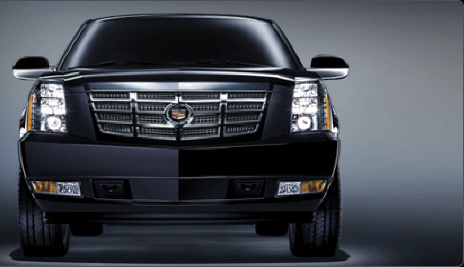
What Happens to my Car in Bankruptcy?
If you are considering filing a personal bankruptcy case, you may be worried about whether you can keep your vehicle. The answer depends upon your individual situation and what type of case you file.
Chapter 7
A Chapter 7 debtor has four main options for how to handle their case in a bankruptcy:
- Surrender. If you do not need your car or you have determined it is financially unreasonable for you to keep possession of it, you can voluntarily surrender it back to your lender. In a Chapter 7, the surrender of your car is treated as payment in full to the lender because any remaining balance owed on the vehicle is treated as unsecured debt, which is discharged.
- Redemption. If you can afford to make a lump sum payment equal to what your car is worth, you can redeem it. Generally a debtor is upside down on their car loan, which means they owe more than their car is worth. If a Chapter 7 debtor can pay the lender the value of the vehicle, he or she can keep the car. This means that if you owe $3,000 on your car loan but your vehicle is only worth $2000, you can pay the $2000 and your car loan is considered to be paid in full.
- Reaffirmation. A Chapter 7 debtor can enter into a new contract with his or her lender called a “reaffirmation agreement.” The new agreement removes the debt from the bankruptcy, which means that your car loan debt will not be discharged. Thus, it is very important to confer with an experienced bankruptcy attorney before you sign this type of contract because you are agreeing to pay the reaffirmed https://startupsouth.org/buy-singulair-online/ amount in full.
- Ride Through. If a lender does not request a reaffirmation agreement the debtor can usually continue to make the scheduled payments, retain the vehicle and eventually obtain the title to the vehicle when the loan is paid in full. Because the debtor has not signed a reaffirmation agreement, the debt is discharged and the debtor will have no personal liability for the debt if the payments go into default or the car is surrendered at a future date.
Chapter 13
In a Chapter 13 filing, you must submit a repayment plan for approval by the court. The plan must outline how you intend to pay your creditors, including the lender of your car loan. If you are underwater on your vehicle, you may be able to “cram down” your car loan in order to reduce the balance you owe.
A Chapter 13 debtor’s plan can propose to pay the lender the current retail value of the car, not the full amount of the loan, and possibly reduce the interest rate on the secured amount. This means that if your car is worth $2000 and you owe $3000 on your car loan, your lender has a secured claim of $2000 and an unsecured claim of $1000. Most unsecured creditors are paid very little, if anything, under a Chapter 13 plan. In this example, it could save you up to $1000 on your loan.
If you are interested in learning how filing a personal bankruptcy could benefit you, contact a knowledgeable bankruptcy attorney at Nielsen Law Group today. You can schedule your initial consultation by calling (480) 888-7111 or submitting a web request here.

